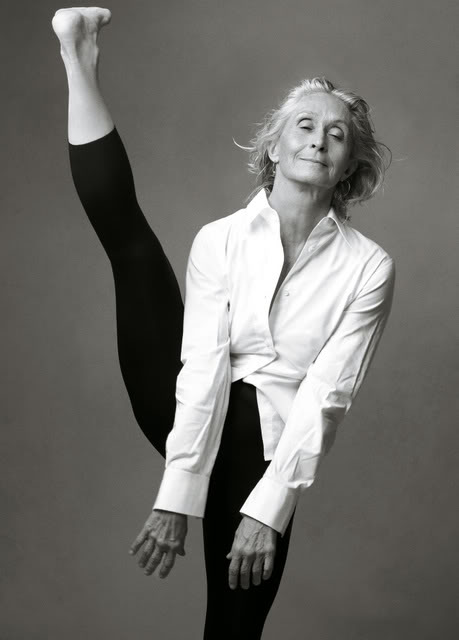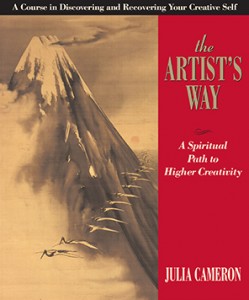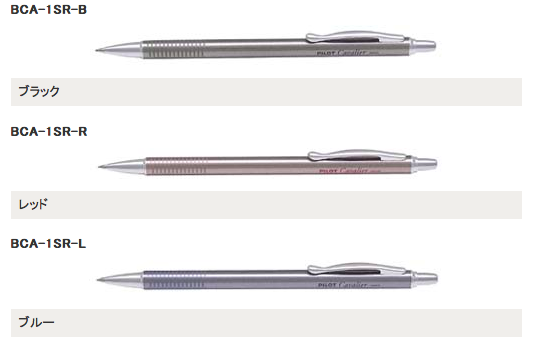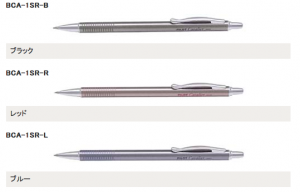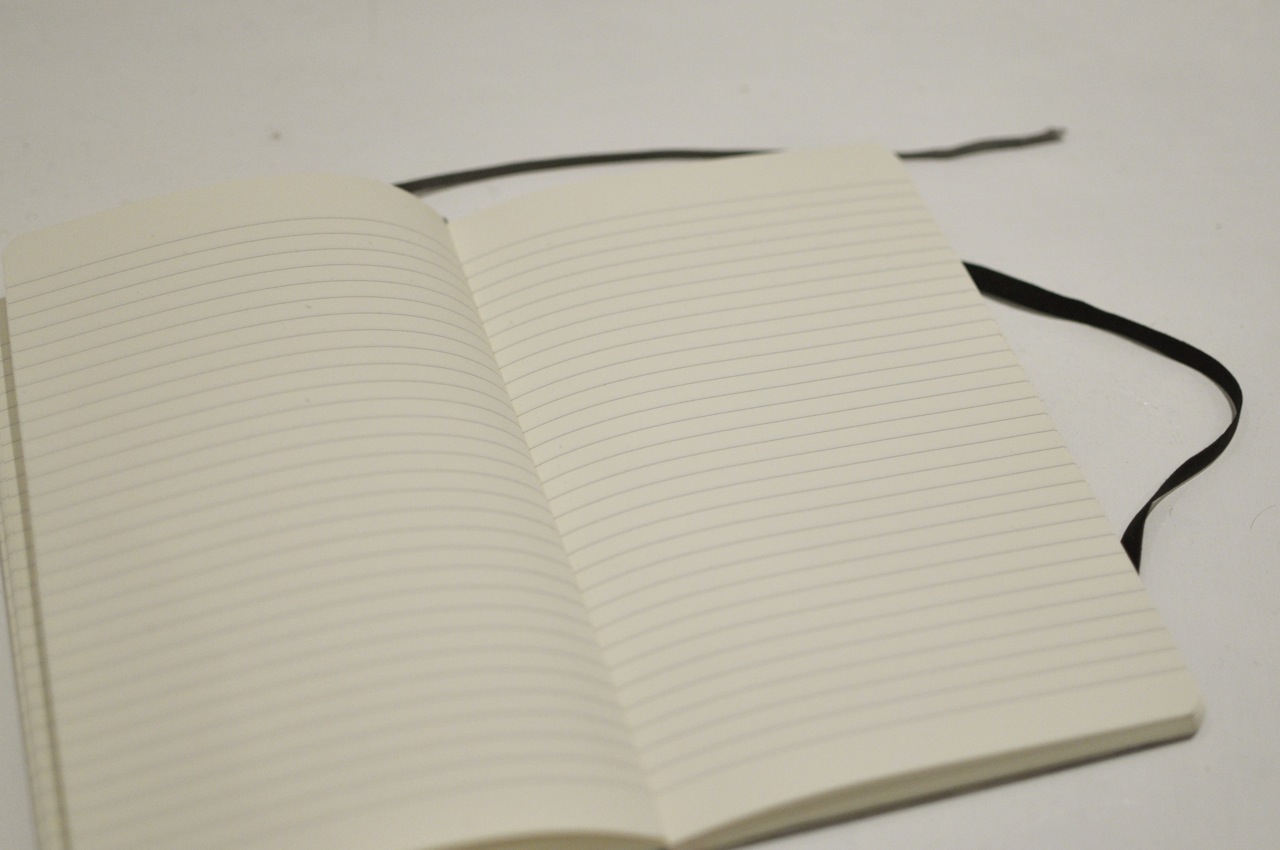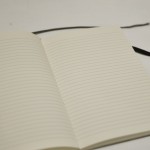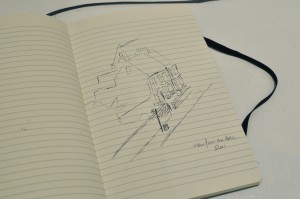 What do you do when you feel utterly empty of words?
What do you do when you feel utterly empty of words?
I read, and I daydream.
Daydreaming only happens if I get absorbed in a repetitive task like walking, or painting skirting boards (as I’ve been doing this week), something that requires very little high level thought from me, but produces something close to a kind of trance. Thoughts get the chance to rise up and roam around of their own accord, without too much input from me.
It’s a treat to have daydreaming back in my life. Modern life is so full of distractions (hello Twitter) that I’m finding it harder and harder to create the kind of dreamy state I seemed to live in almost permanently as a child.And as a grown up with a house to run and a child to raise, justifying time where you’re simply staring off into space is really hard.
On the plus side, having discovered that decorating is a great way to get a bit of thinking time, I now want to paint the whole house, since it means I’m technically doing chores.
Reading is much easier to justify, and this week I’ve been visiting a couple of very interesting blogs, and getting my fiction fix from a brilliant collection of short stories:
Do subscribe to The School of Life’s blog, which is run by a modern philosophy club of sorts. I was a philosophy major, so I know full well how the word philosophy can scare a person, but philosophy is only thinking about how we ought to live, why things are the way they are, and how we can make things better. Academic philosophy has become so specialised and (dare I say) insular that this essential truth gets lost in translation.
The School of Life has some very interesting classes, weekends, and ‘sermons’ to attend, just to get you thinking outside your usual tram lines, if you’re anywhere near central London. I’m completely excited by a sermon on Cosmic Connections, because I am blown away by the knowledge that we are made of stars every time I think about it.
I’ve also been noodling around Brain Pickings, a collection of really cool, interesting things, encompassing everything from five creative manifestos, to a map of a woman’s heart. I love this site already, and we’ve only been friends for a week.
On the Kindle this week I’ve been ploughing through The Best British Short Stories 2011, from amazing indie publisher Salt (also available in paperback). I promise you, never will you spend 86 pence more wisely – it is an utter bargain for some of the most arresting fiction I’ve read this year.
What’s been filling your well lately?



